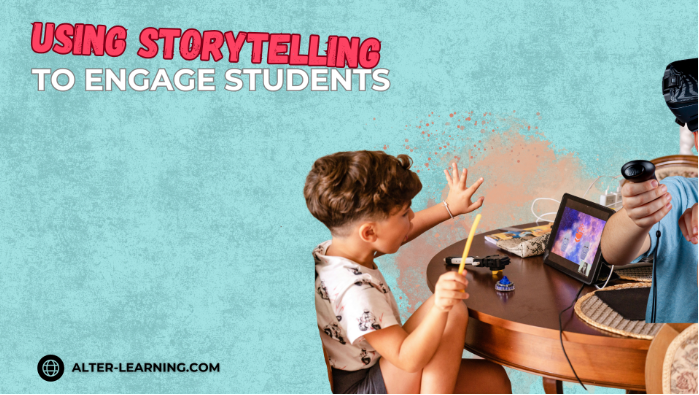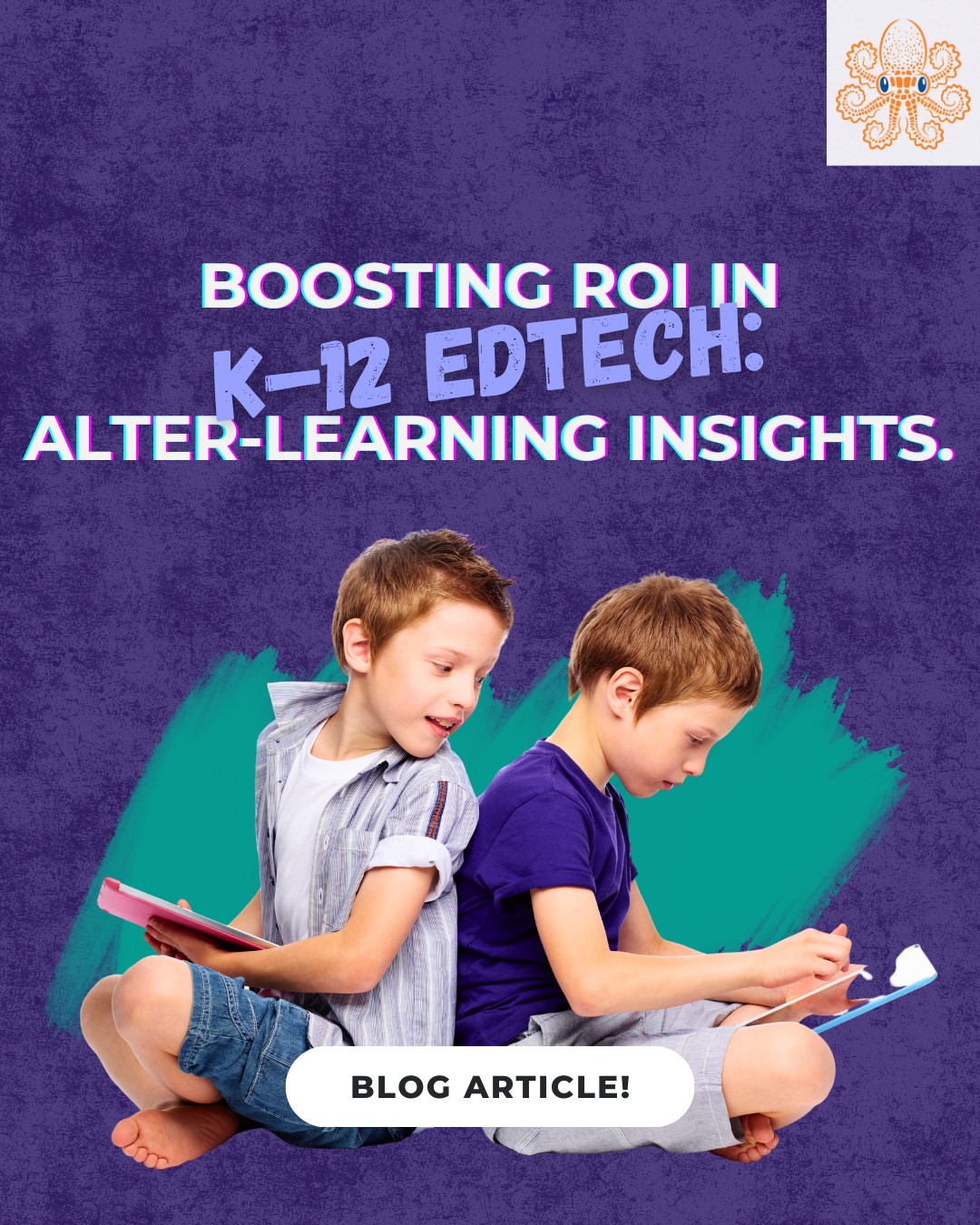Stories have always been powerful teaching tools. From myths that explained natural phenomena to novels that explored human behavior, storytelling has long been used to spark curiosity and build understanding. In today’s classrooms, storytelling is finding a new home within digital platforms and game-based learning.
Through immersive technology, STEAM educational games, and XR educational content, teachers can turn lessons into narratives where students are not just passive listeners but active participants. Alter-Learning’s focus on narrative-driven design highlights how storytelling can make learning engaging, memorable, and meaningful.
Stories capture attention because they connect information to context, emotion, and purpose. In education, storytelling can:
- Provide relevance, linking academic content to real-world experiences,
- Create emotional connections that make lessons more memorable,
- Encourage curiosity, as students anticipate what happens next,
- Build empathy, by letting learners experience multiple perspectives.
When stories are combined with interactive tools, students don’t just hear information—they live it.
Storytelling in Game-Based Learning
Educational games often weave narrative elements into gameplay, turning abstract concepts into challenges within a story. For example:
- Interactive physics simulations can be framed as missions to restore energy systems,
- AR biology explorations can follow a storyline of preserving an endangered ecosystem,
- Math puzzle games can be embedded in quests that require problem-solving to progress,
- Digital art creation tools can be used to design characters, worlds, or visual narratives.
By tying tasks to stories, students are motivated to learn because their progress advances the plot.
Engaging Multiple Learning Styles
Not every student connects with information in the same way. Storytelling can reach across diverse learning styles:
- Visual learners can engage through immersive 360-degree educational videos,
- Auditory learners benefit from narrated dialogue and character voices,
- Kinesthetic learners thrive when story progression requires hands-on tasks,
- Collaborative learners enjoy group-based narratives where teamwork drives outcomes.
Stories can unify these approaches, giving every student a way to connect.
The Role of Teachers in Story Integration
Educators can use storytelling not only within digital platforms but also in classroom strategies. Some ideas include:
- Introducing units with story-based hooks to spark interest,
- Encouraging students to write or extend narratives based on what they learned,
- Using multiplayer collaborative games where students’ roles contribute to a shared story,
- Leading reflection sessions where students connect their decisions in a story to real-world consequences.
These strategies can help storytelling move from entertainment to deep learning.
Storytelling Beyond the Classroom
Narratives can also strengthen family and community engagement. Parents can join children in exploring story-based games, discuss characters and choices, and connect lessons to everyday experiences. Storytelling makes learning more conversational and accessible outside the classroom.
Stories as Pathways to Curiosity
When learning is framed as a story, students are not just solving problems—they are solving mysteries, completing quests, or helping characters overcome challenges. Alter-Learning’s use of narrative design within STEAM educational games and immersive learning environments shows how storytelling can sustain motivation and engagement.
Stories remind us that education is not only about facts—it’s about discovery, imagination, and meaning. When teachers use storytelling to engage students, they aren’t just teaching lessons—they’re inspiring journeys.
Follow Alter-Learning for more insights into immersive education, edtech success stories, and the future of learning. Want to explore how VR/AR could transform your school or learning platform? Let’s connect.




